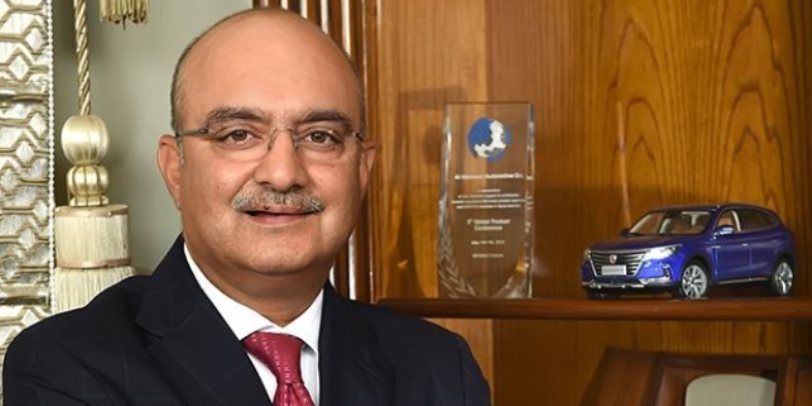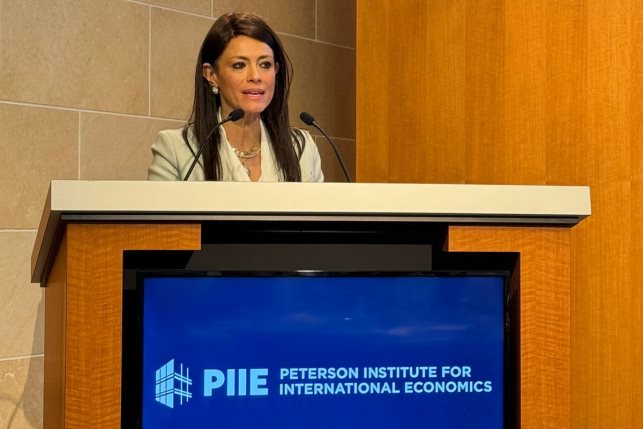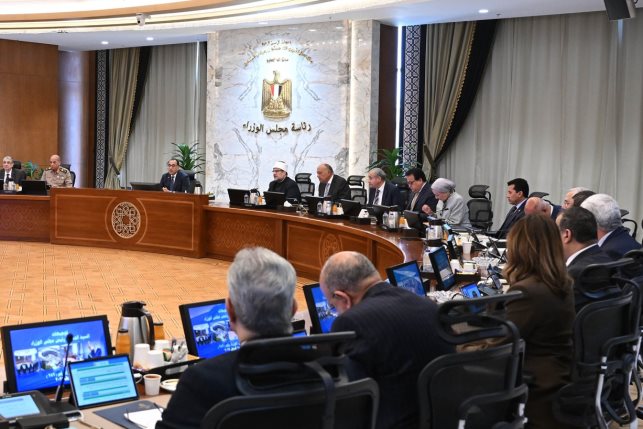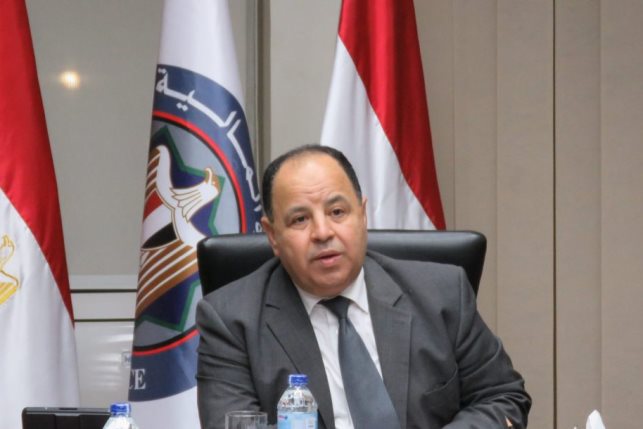Mansour Auto’s new CEO talks new B&P center and electric vehicle strategy
Recently, Mansour Automotive Group launched a new paint and body repair center to meet increased demand as part of their 5-year investment strategy

With the automotive world moving forward with the pandemic’s effects in mind, from digitalization to governmental reforms, the market is in a state of change.
For Mansour Automotive Group’s newly appointed Chief Executive Officer Ankush Arora, the outlook for the Egyptian market is clear.
Optimistic for the future of the market, he notes that “Yes, there are challenges, but challenges are part and parcel of life”.
Talking to Business Today on Egypt, Arora discusses the automotive market’s future and Mansour Automotive’s latest group strategy, from upgrading operations through new specialized centers to their upcoming electric vehicle strategy.
Investment and consumer reselling
Aiming to boost productivity and quality of operations amidst growing market demand for better support on reselling, a major part of the consumer cycle in Egypt, Mansour Automotive recently launched a new paint and body (B&P) repair center to meet increased demand.
When asked about the dedicated facility, Arora told us that Mansour’s deep analysis of the local market showed that having a B&P facility inside a regular service center created several operational issues, mentioning that while mechanical repairs can be done in a single day, B&P is more time-consuming, leading to operational inefficiency when in the same location.
“[Separating B&P centers from normal ones is to] have, one, better productivity and efficiency, and at the same time use the latest technology and equipment in order to provide consumers with an advanced repair system that will give them the right quality at the right cost,” Arora explained.
“Therefore, as a group strategy, we decided that we are going to separate our paint and body service centers, which will also have mechanical and electrical capabilities,” he added.
The center, considered as the one of the largest body and paints centers in the industrial area of Abu Rawash in Central Cairo, is fully equipped with the latest technologies, a vehicle paint factory, a welding workshop, and an integrated automotive technical library to provide better services and productivity.
With consumers today being introduced to newer and more technologically advanced vehicles, consumers are resisting going to roadside workshops which may not understand how to care for new, more sophisticated vehicles, he explained.
“In the end of the day, the consumer wants to keep a car for 3 to 4 years and then sell it, but if the car has an accident and is not repaired properly then the value of the car deteriorates,” he stated, adding that with “the right repair center, with the right tools, technology and skilled staff, they can get the vehicle back more or less just like before or like new”.
Equipped with a workshop for large transport accidents and operating on a SAP system which connects all of the departments for a better work flow, the center is part of a 5-year investment strategy worth EGP 800 million into Egypt.
When asked on how the investment supported Mansour Automotive’s operational resilience, Arora highlighted the group’s expansion of their portfolio by adding “Peugeot and MG in order to really establish the brands well and ensure we have a great network of both sales and services facilities for our consumers”.
“This 800 million 5-year investment plan has certainly helped us to grow our business. We are investing in opening up new facilities, investing in modernizing, and that is certainly helping us to keep on the good part of growth.”
The Egyptian market today and electric vehicles
When talking about the Egyptian government’s push for a greener Egypt, including upgrading vehicles on the roads, Arora commended the move as a positive win for the automotive market.
“As the economic reform agenda of the government starts bearing fruit, you will see that the stature and status of the middle income class group of the country will start going up which will result in a higher demand of vehicles. So, I am very optimistic about the future prospects of the Egyptian industry.”
Welcoming the government’s move to push for electrification, Arora also pointed out that electrification requires a large amount of investment without fast-paced returns.
On that matter, Mansour Automotive is embarking on their own electrification strategy, with Arora announcing that the company is set to launch their first electric vehicle by the end of the year.
According to Arora, Mansour Automotive’s strategy is not aimed at going after sales volumes at the moment, but is more as a learning opportunity, as countries which succeeded in electrification, with penetration levels of 20% to 100%, started their journey 10 years ago.
“We are doing it to get a sense of the consumers’ needs and expectations before being able to sell vehicles in volumes.” He said
However, the CEO also pointed out the importance of incentivizing consumers and the changes needed in infrastructure and change in the support mechanism of supporting electronic vehicles themselves.
The government is already taking notable strides in the electrification sector with clear outline already underway, he added, “We hope to see the integration of private sector in this initiative soon as we are keen to partake in the future of Egypt’s automotive”.
“There has to be a clear incentivization plan for consumers to migrate to electronic vehicles. At the same time, investment in supporting the development of the [electronic] charging infrastructure, training, and of course getting the right products.”
With a capacity of 68 bays, Mansour’s new body and paint facility has four manufacturing lines, two for light repairs and have a maximum completion rate of two days.
It was outfitted with the required equipment, such as dry central sanders and IR dryers, to reduce repair time while separating the repair procedures into sequential stages, with each car line coming out every hour and a half.
The facility has two lines for accidents that require medium repairs within 3-6 days. It is also equipped with all of the cutting-edge technology required to perform all repairs with high quality, such as two car chassis straightening devices, two electronic car chassis measuring devices, and welding machines of various types, as well as the necessary safety tools for technicians during repair.




